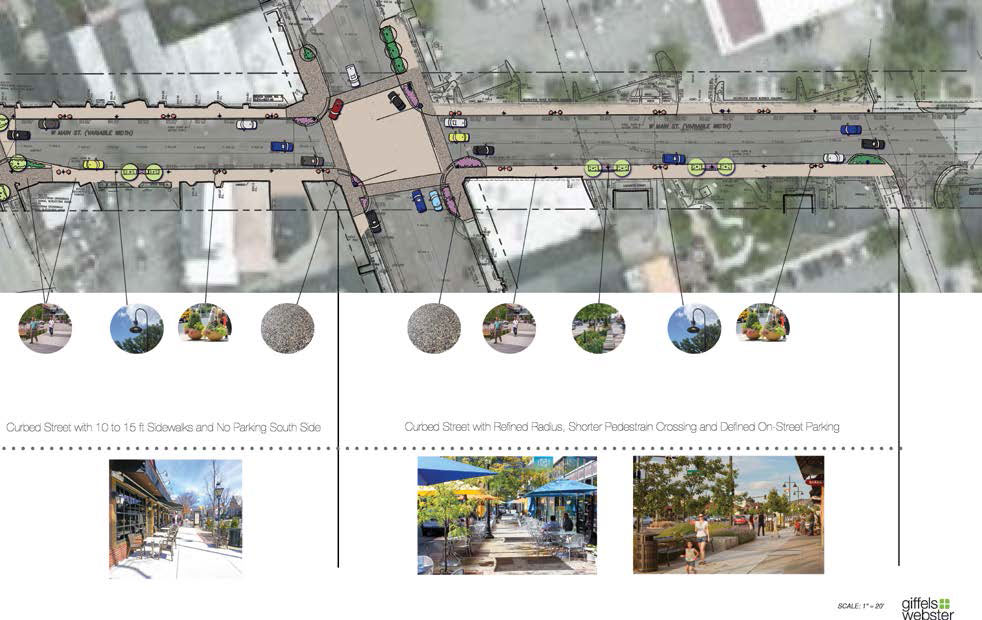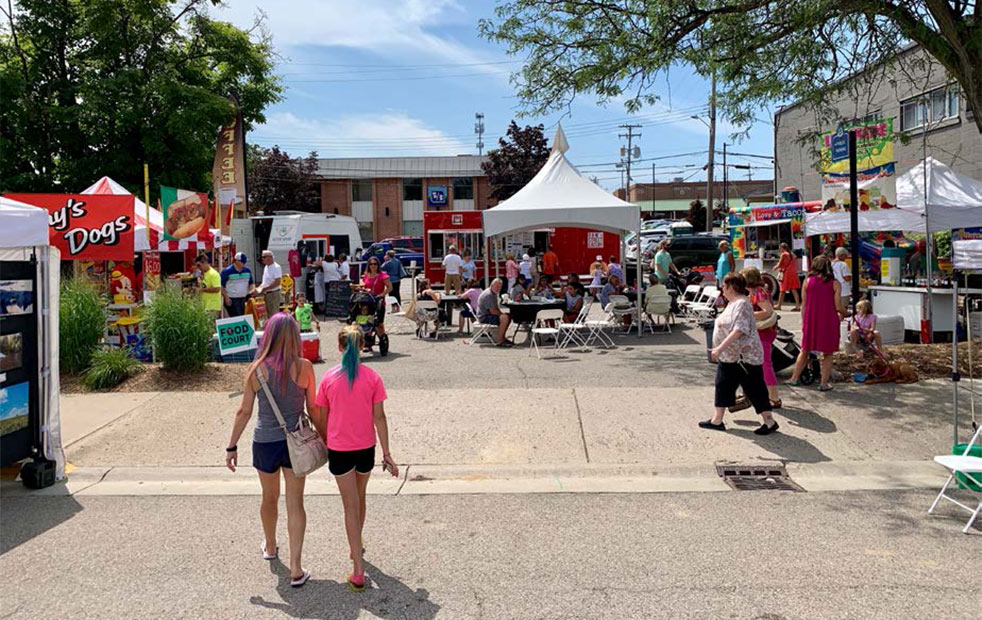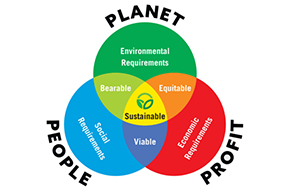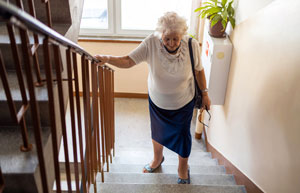
When the Giffels Webster planning team kicked off the Brighton Comprehensive Plan project in 2017, there was a sense of curiosity and optimism among local stakeholders who recognized that the city would benefit from a refreshed vision. With that in mind, the planning team embarked on a long-range planning effort that would establish a holistic vision for the future of the city. Interested in incorporating various departments and strategies that are not always considered or studied together, the city pursued the creation of a comprehensive plan that explored the connections between future land use, parks and recreation, downtown and complete streets.
Downtown Plan Encompasses Comprehensive Plan’s Ideologies
The aforementioned multi-disciplined approach to planning is evident in the city’s Downtown Plan, particularly as it discusses the importance of the public realm. Main Street feels tired and in need of repair. Sidewalks are narrow and, in some areas, the space and condition of streets and sidewalks detract from the visitor experience. The Downtown Plan focuses on strategies to strengthen downtown as a place to not only shop and dine, but also to live and gather as a community of people, through the enhancement of the public realm.
Recognizing that the downtown streets and sidewalks are an asset and opportunity to promote vibrancy, support connectivity and enhance feelings of comfort and discovery downtown, the Giffels Webster team knew that additional detailed analysis, study and stakeholder input would be required in order to achieve the goals of the Comprehensive Plan.
With the Comprehensive Plan completed in 2018, the city wasted no time beginning its implementation. Continuing the momentum generated from the comprehensive planning process, the City of Brighton once again engaged the team at Giffels Webster to develop the Brighton Streetscape Plan.
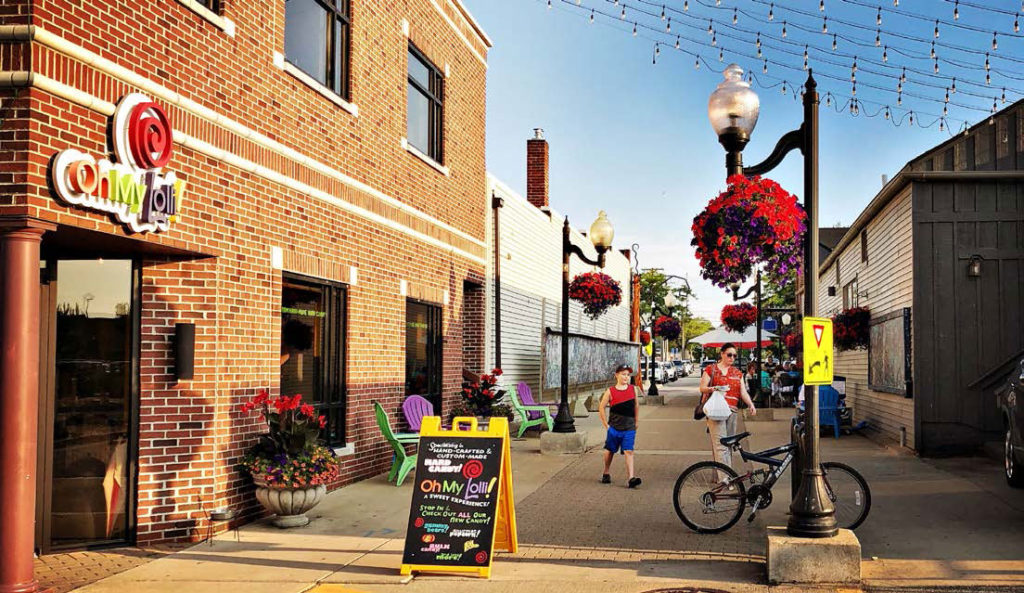
Thorough Approach to Planning Involves Multi-Discipline Team
Using a thorough approach to the planning and design process, Giffels Webster brought a multi-disciplinary team comprised of planners, landscape architects, engineers and surveyors to the city.
The approach started by taking inventory of the assets. While the survey team measured and identified all available infrastructure, the rest of the team conducted a downtown assessment to ensure they were familiar with the surroundings, including detailed analysis of the specific challenges on a block-by-block basis. The survey team’s complete 3D laser scan of the street, streetscape and abutting facades was used to create the survey and also assisted the planning group with measurements to calibrate the downtown form-based code, which was being updated simultaneously.
Goals of the Brighton Downtown Plan
- Improve the appearance of the public ream
- Improve pedestrian safety
- Maintain vehicular access
- Maintain on-street parking
- Create flexible event spaces
- Encourage downtown businesses to enliven the public realm, including more opportunities for outdoor dining
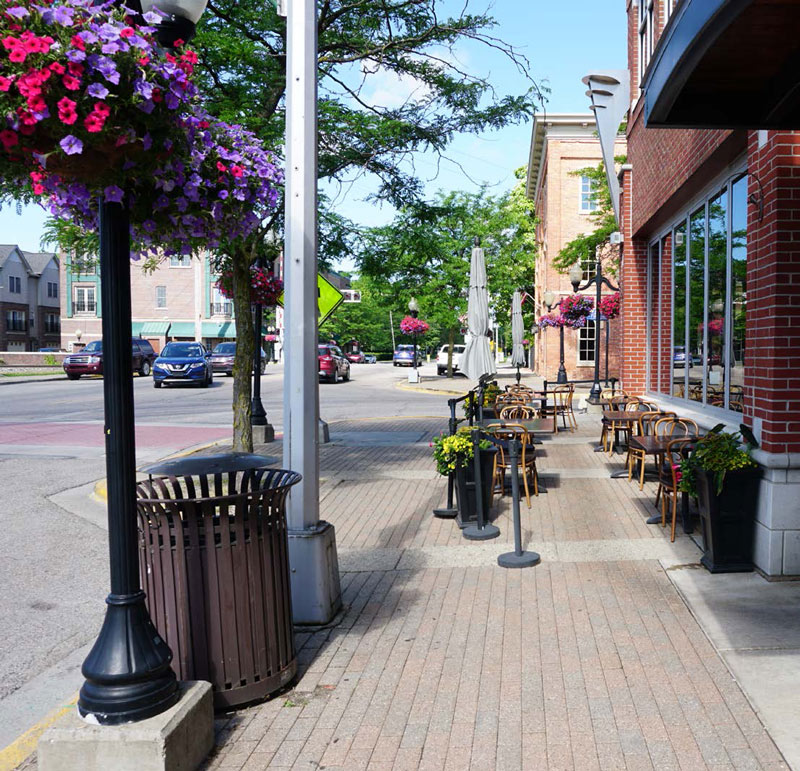
With reliable, detailed measurements on hand, the team assessed the physical constraints of the public realm and the needs for pedestrians and vehicles. They worked closely with the department of public services to address long-term maintenance, as well as the police and fire chiefs to ensure that streets, intersections and parking areas would meet the needs of emergency vehicles. As changes in vehicular lane widths to widen sidewalks were considered, the team applied fire truck turn templates to ensure public services were still able to perform their duties without interference. During this process, opportunities to upgrade utilities were identified to improve service and realize cost savings.
The landscape architecture team provided indispensable support in developing concepts for streetscape elements. Joining with the planning team to solicit public input, the landscape architecture team identified precedent images that were later developed into concepts for streetscape elements. This included boards with multiple types of trees, light poles, benches and various other landscaping and architectural features in order to develop a vision that was molded from the vision of the community. After stakeholders were engaged and public input was received and processed, the team created graphics and images to aid the community in understanding of where the vision was going. The final results were detailed in an online platform that allows the community to see the process from start to finish – from the background survey through the recap of public input, the visual streetscape concept is illustrated and highlights a clear vision and direction for the city to follow moving forward.
The resulting streetscape design narrows vehicular street width, widens sidewalks and maintains nearly all of the current on-street parking. A key outcome of the design was the creation of a core area where curbs would be eliminated. This would facilitate the transformation of Main Street from everyday operations to an event space.
Where are we now?
The next steps for City of Brighton involve specific project planning elements related to identifying funding and establishing a project timeline. Concurrently, the city is looking to develop strategy for supporting businesses during construction.
Giffels Webster has been dedicated to making communities better for over 65 years, specializing in community planning, civil engineering, landscape architecture, Geographic Information Systems, traffic engineering, and surveying.
For more information, please call Giffels Webster at 866.271.9663 and visit www.giffelswebster.com.
